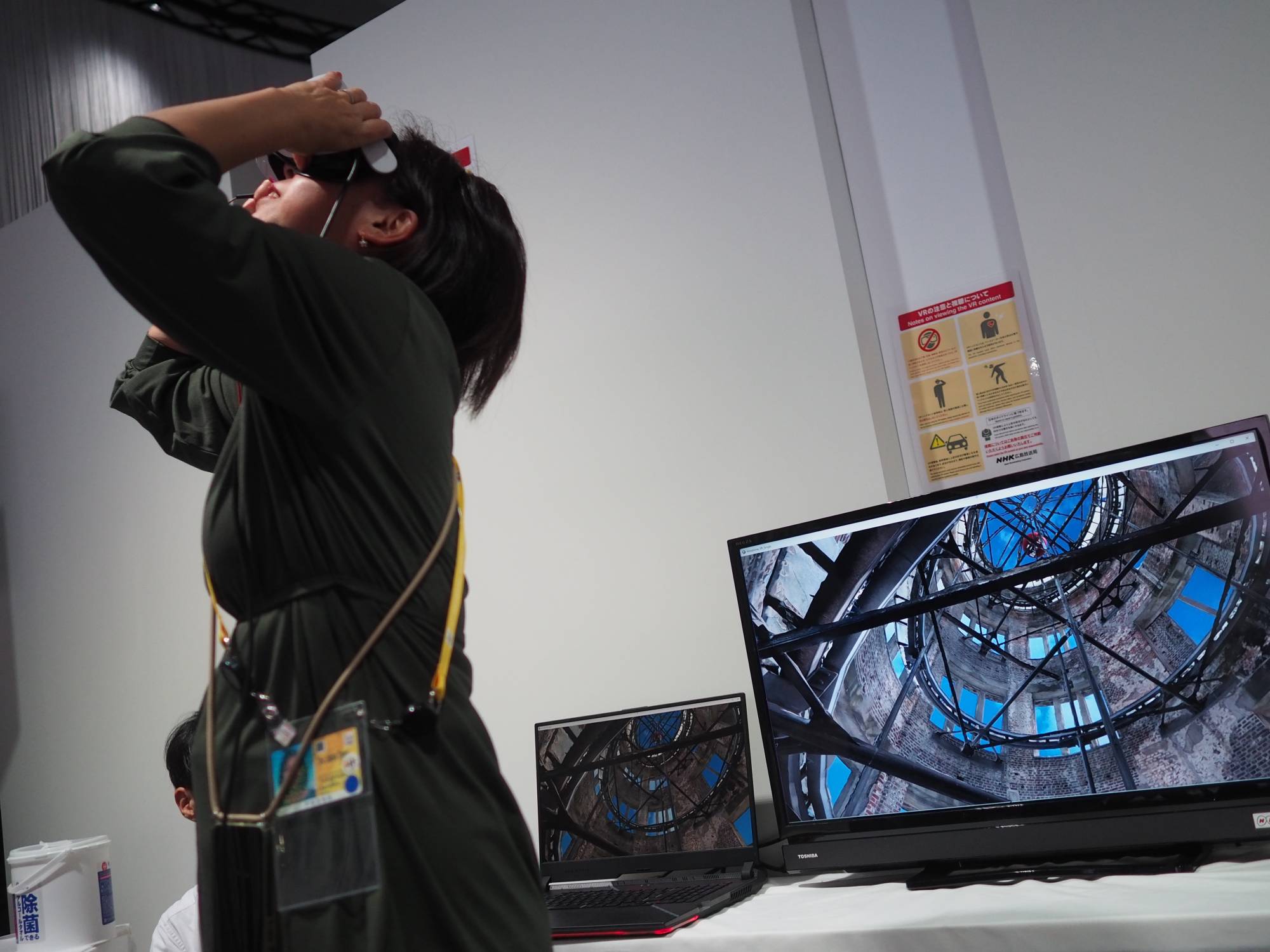It has been nearly 78 years since Hiroshima was reduced to ashes by an atomic bomb. As each year passes, memories fade, with fewer survivors able to pass on their stories to the next generation.
With that in mind, public broadcaster NHK is tapping virtual reality and artificial intelligence to provide vivid, immersive and interactive experiences that will withstand the test of time, with the displays previewed for members of the media during the Group of Seven summit in Hiroshima.
Below is a firsthand account of experiencing the displays.



















With your current subscription plan you can comment on stories. However, before writing your first comment, please create a display name in the Profile section of your subscriber account page.